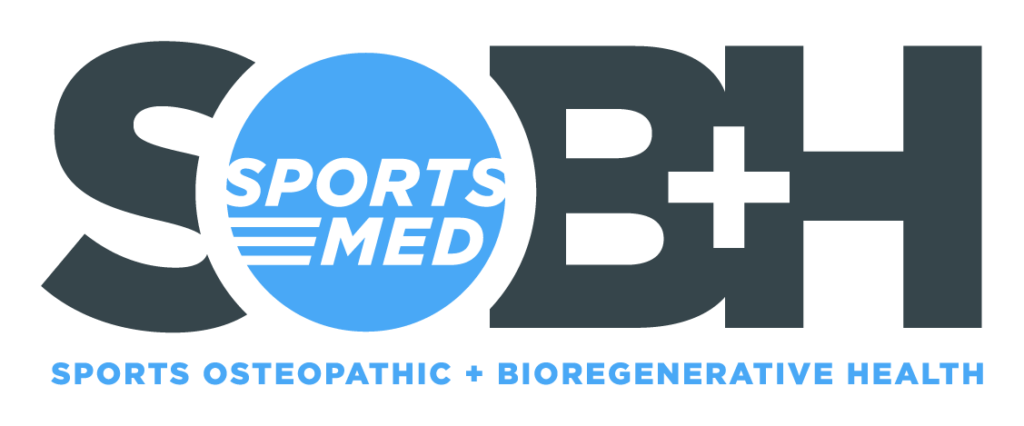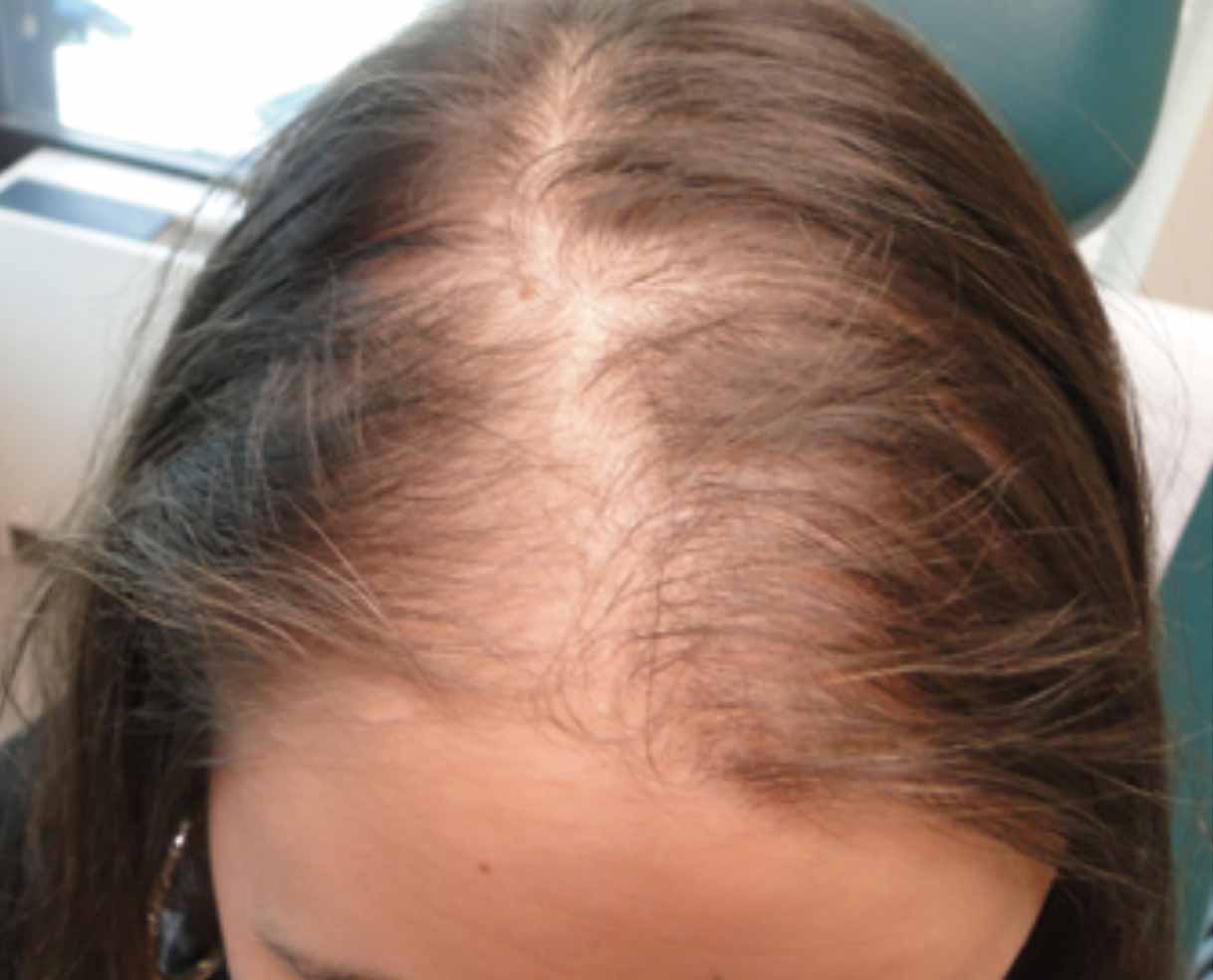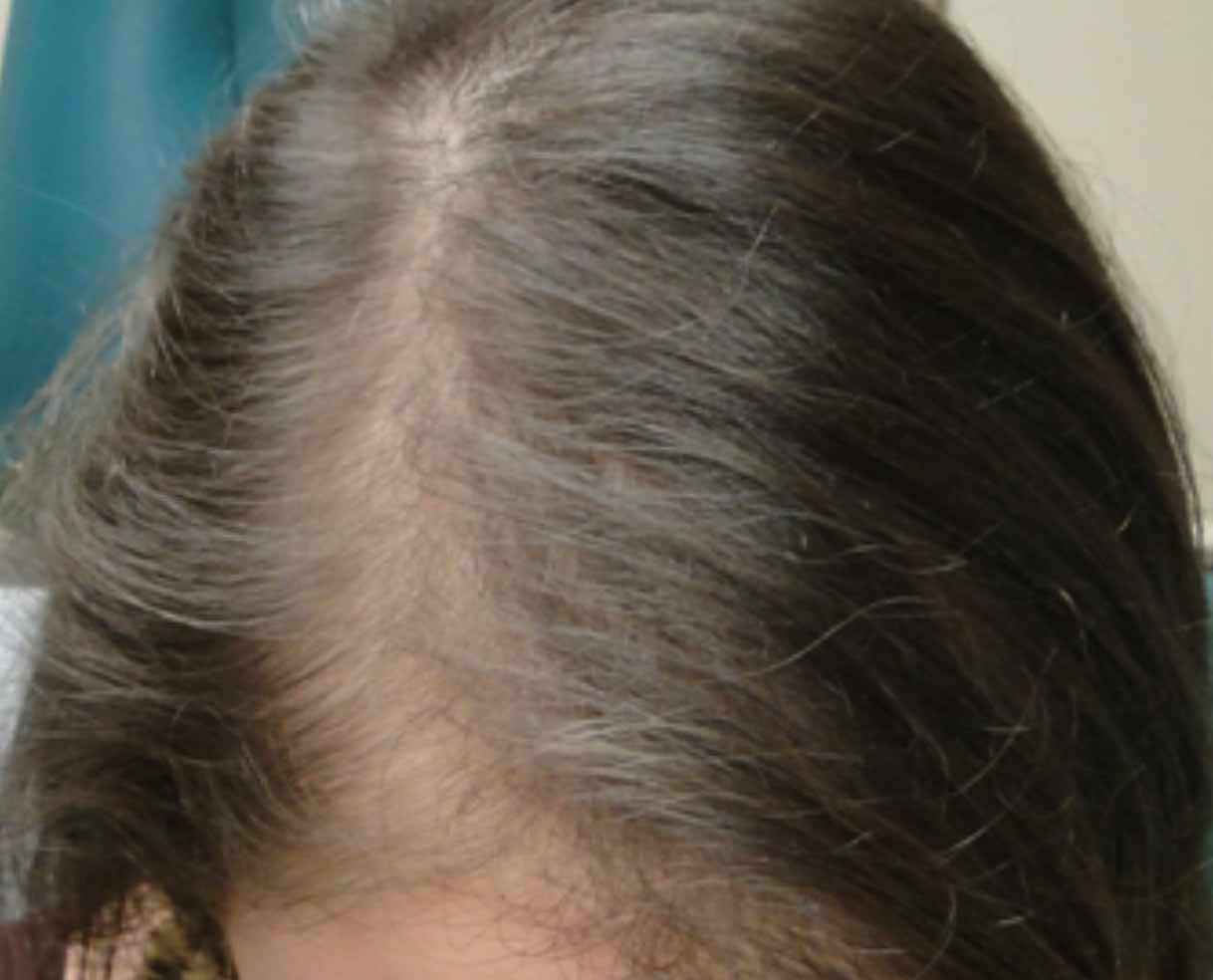PRP / Ultrasound
What is prp?
Platelet-rich plasma (PRP) is a cutting-edge treatment for tendinosis, tendon tears, osteoarthritis, and more. We take your blood, spin it in a centrifuge, and inject the platelets under ultrasound guidance. Platelets have growth factors that can provide significant pain relief and even regenerate some tissue without surgery. PRP is a fantastic method to get you back to living your life with less down time and pain than surgery.
What is Ultrasound?
Ultrasound technology has been around for many years as a way to look at specific structures inside a person’s body. Ultrasound machines use sound waves to make a live, two-dimensional picture. It is different from X-rays and CT scans since it uses no radiation, and it is different from MRI since it uses no magnets. Obstetricians use ultrasound technology to look at a pregnant person’s baby. At SOBH Sports, we use ultrasound to see the health of your tendons, muscles, ligaments, and other structures. We look for causes of discomfort, like degeneration and tears, and we even use ultrasound to help guide injections, providing quality and service to our patients. Ultrasound is a fast, cost-effective, and safe way to help get you on your way to living a better life!
Does PRP actually work?
Three things that PRP needs to be successful:
Platelet Concentration
Too much or too little can be ineffective.
Ultrasound Guidance
Tendons are small. Imagine trying to poke around the tendon, hoping you inject into the tear. It’s like trying to shoot an arrow in the dark! This is why using the ultrasound to guide the needle is very important. Best part? You can watch (if you’re up for it)!
Physical Therapy
Proper physical therapy is necessary to maximize tendon regrowth and strengthen supporting muscles.
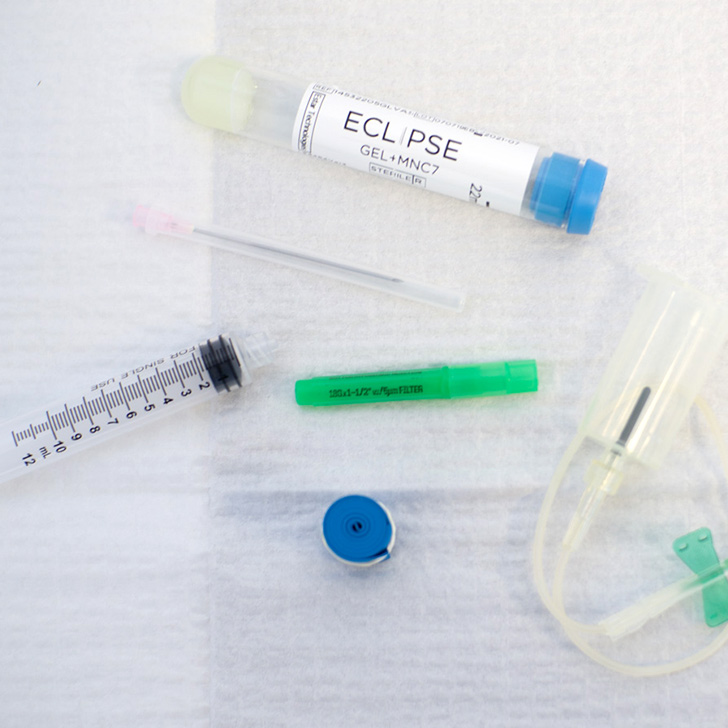
What do you treat with PRP?
Osteoarthritis of most any joint (shoulder, hip, knee, ankle, etc.)
Tendon degeneration (tendinosis)/tendon tears: tennis elbow, golfer’s elbow, patellar tendinosis, Achilles tendinosis, peroneal tendinosis, rotator cuff tendinosis, gluteal tendinosis
Meniscus/cartilage tears: knee, TFCC (wrist)
Labral tears: hip, shoulder
Hair loss and facial rejuvenation (microneedling with PRP)
Orthopedics
Tendon
We use ultrasound-guidance to that we know exactly where we are putting the PRP. Most of the time, only one treatment is needed. An ultrasound exam will be done at 8 and 12 weeks to compare progress. An overwhelming majority of patients have seen significant improvement in pain and quality of life after 12 weeks! 1, 2
Osteoarthritis
PRP has been shown to significantly improve pain from osteoarthritis when compared to placebo and viscosupplementation (gel shots). The studies show that patients experience the most improvement with three treatments. 3, 4, 5
PRP can also be used to treat meniscus and labral tears!
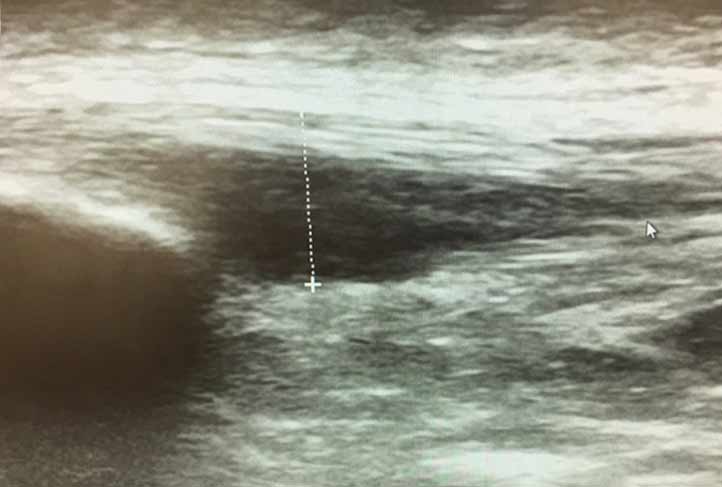

(Left/Before) Ultrasound image of the patellar tendon before PRP. The dark area with the white dotted line is degeneration (tendinosis). (Right/After) Ultrasound image of the same patellar tendon eight weeks after PRP. Notice the dark area has filled in with new tendon fibers.
COSMETIC
PRP works very well for androgenic alopecia (male and female pattern baldness). The studies show that you need one treatment a month for four months, then every 2-6 months for maintenance.6 Most patients will start to see results after a few treatments. Package deals and referral discounts are available.
Facial rejuvenation
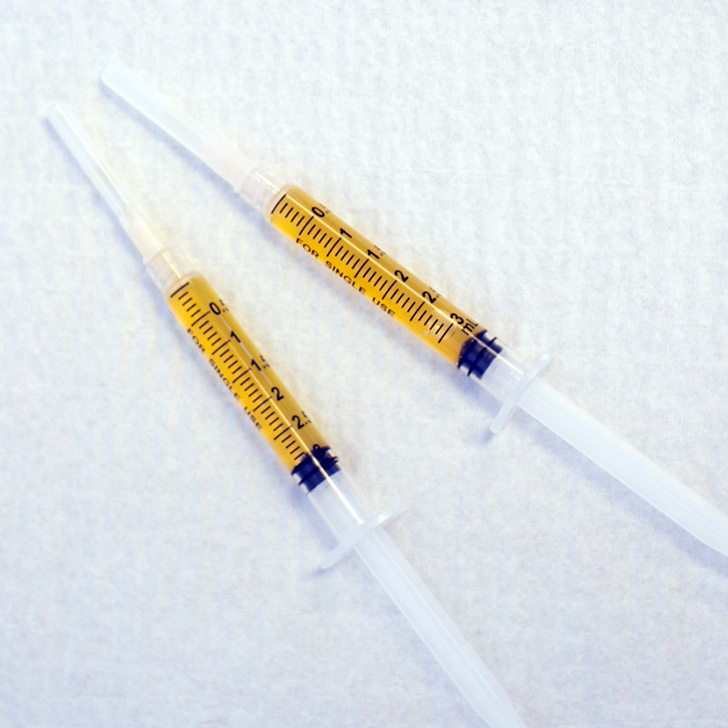
SOBH Sports can help you get back to enjoying the life you love and living the life you deserve.
PRP results are not guaranteed and indications may not be approved by the FDA.
1. Salamanna F, et al. New and Emerging Strategies in Platelet-Rich Plasma Application in Musculoskeletal Regenerative Procedures: General Overview on Still Open Questions and Outlook. Biomed Res Int. 2015; 2015: 846045.
Different platelet concentrations are required for treatments of bone, tendon, cartilage, and ligaments.
2. Yuan T, et al. Augmenting tendon and ligament repair with platelet-rich plasma (PRP). Muscles Ligaments Tendons J. 2013 Jul-Sep; 3(3): 139–149.
3. Xie X., Zhang C., and Tuan R. Biology of platelet-rich plasma and its clinical application in cartilage repair. Arthritis Res Ther. 2014; 16(1): 204.
Multiple studies show that PRP is a promising treatment for osteoarthritis. PRP has some growth effects on cartilage, stem cells, and lubricant-making cells. PRP can also act as a scaffold to help fill some defects in cartilage. Last, PRP can inhibit inflammation and help treat osteoarthritis symptoms safely.
4. Kavadar G, et al. Effectiveness of platelet-rich plasma in the treatment of moderate knee osteoarthritis: a randomized prospective study. J Phys Ther Sci. 2015 Dec; 27(12): 3863–3867.
PRP can be effective and reliable in treating pain and function for Grade 3 osteoarthritis, with a minimum of two injections showing the best outcomes.
5. Shen, L., Yuan, T., Chen, S. et al. The temporal effect of platelet-rich plasma on pain and physical function in the treatment of knee osteoarthritis: systematic review and meta-analysis of randomized controlled trials. J Orthop Surg Res 12, 16 (2017).
PRP injections improve the pain and function of knee osteoarthritis at 3, 6, and 12 months follow up when comparing injections of saline placebo, hyaluronic acid (gel shots), ozone, and corticosteroids.
6. Gentile P, Garcovich S, et al. The Effect of Platelet-Rich Plasma in Hair Regrowth: A Randomized Placebo-Controlled Trial Stem Cells Transl Med. 2015 Nov; 4(11): 1317–1323.
After three monthly treatments, the average number of hairs and the thickness of hair increased. The data clearly illustrates the positive effects of PRP injections for pattern hair loss.
7. Fabbrocini G, Fardella N, Monfrecola A, Proietti I, Innocenzi D (2009) Acne scarring treatment using skin needling. Clin Exp Dermatol 34: 874-879.
8. Fabbrocini G, Annunziata MC, D’Arco V, De Vita V, Lodi G, Mauriello MC, Pastore F, Monfrecola G (2010) Acne scars: Pathogenesis, classification, and treatment. Dermatol Res Pract 2010: 893080.
